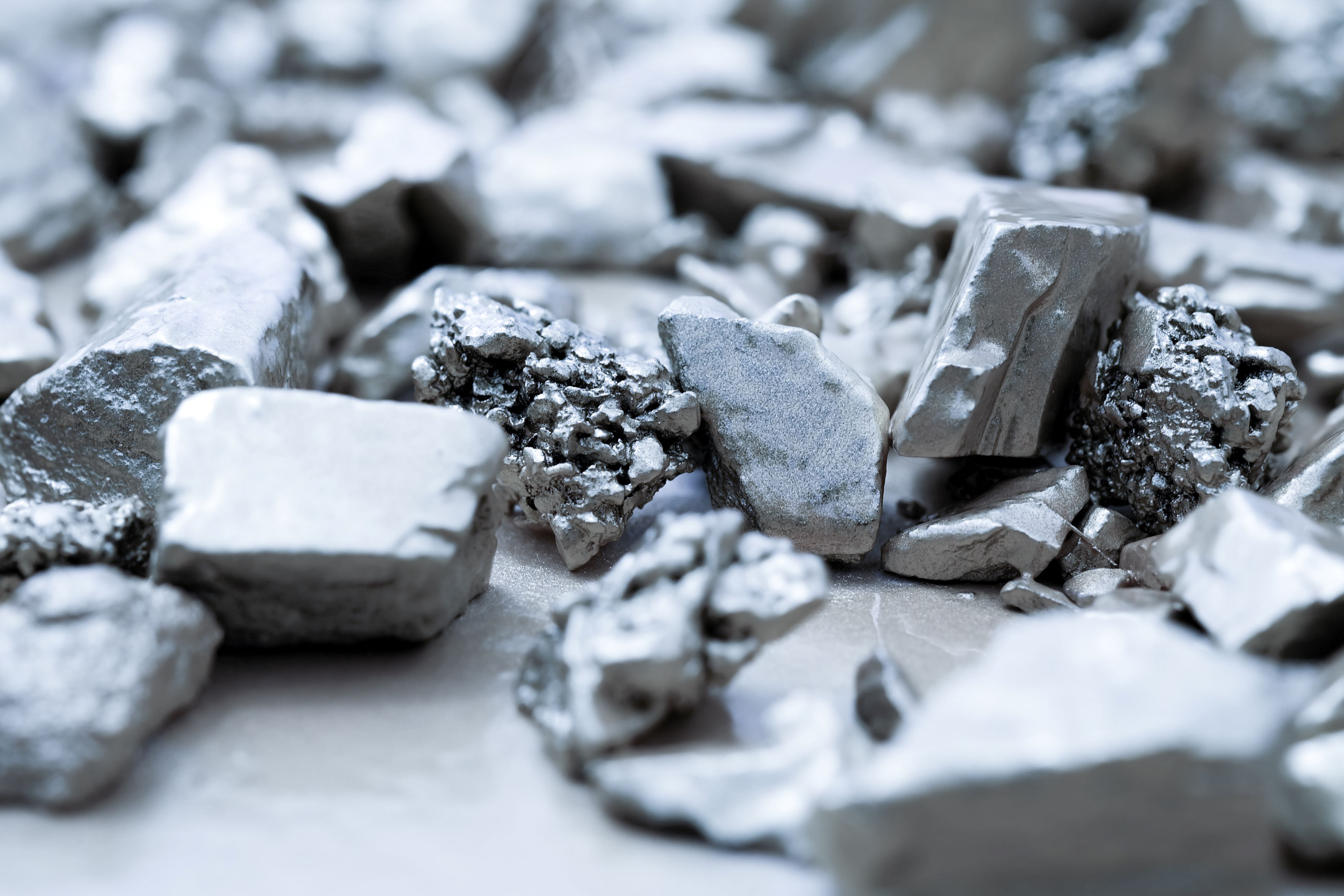
The IOE&IT Daily Update’s commodity in focus series returns for 2024. This week we consider platinum, a noble metal often overlooked in favour of its golden cousin.
A silvery-white metal often associated with royalty and finery, platinum's use lies in its physical and chemical properties.
It’s incredibly dense, nearly twice as heavy as gold and has a high melting point. It’s also one of the least reactive metals out there, making it resistant to chemical attack and corrosion and leading to its classification as a ‘noble metal’ in chemical terms.
Uses
Its non-reactivity makes it a useful product for the automotive and research sectors.
As the world moves towards electric vehicles and greener energy, its use is expected to rise as the metal can be used as a catalyst in hydrogen fuel cells and other green technology.
Another use is in chemotherapy drugs like cisplatin. Although it can have unpleasant side effects, the platinum-based drug attaches itself to cancerous cells in a patient’s body, initiating a process which results in the cancerous cells’ destruction.
The University of Nottingham’s Naaz Coker Fellowship is currently researching how these types of drugs can be made more effective for ovarian cancer treatments.
Early history
The first references to the metal are found in ancient Egypt, with traces reportedly being found on an object belonging to the princess Shepenupet II, who is estimated to have died around 650 BC.
Later, European colonisers to the Americas and Caribbean islands would find traces of platinum and eventually conduct initial research into the metal in the 18th century.
The noble metal shares a lot in common with gold – with both used as an investment metal and in jewellery. In fact, despite gold being more commonly used to express high value, platinum can be even more expensive.
Its relative anonymity compared to its more successful cousin meant that it was reportedly thrown away as a by-product when initially encountered by European explorers in the Americas.
Demand and rise
The World Platinum Investment Council (WIPC), which promotes the metal's use, forecasts a long-term deficit in supply for the metal as demand continues to rise, mostly fuelled by the green transition.
Indeed, WIPC is a heavy promoter of platinum use in hydrogen energy storage for transport, including ship-based batteries.
Its latest 2–5-year outlook, initially published at the start of 2023 and subsequently revised in June, predicts that this demand will deepen throughout 2024 through to 2027, although a downturn in the global economy is said to threaten this.
Further, WPIC’s latest update from November last year stated that supply of the metal is expected to fall just as demand rises, with a 3% year-on-year fall in 2023.
South Africa, the leading producer of platinum, has still yet to recover to its pre-pandemic levels amid transport issues and power blackouts. Security issues, including the theft of materials from its rail network and power stations, are said to play a part in this.
Henk Langenhoven, chief economist at the Minerals Council of South Africa, told Reuters that the industry was “really struggling” after an initial recovery in 2021.
Disruption
A series of accidents and protests have also disrupted the sector. Last year, 55 people died in South Africa’s Platinum mines, according to the BBC. The last such accident occurred in November, when 11 died at the Impala Rustenburg mine.
Bloomberg notes that underground protests, where workers simply remain in the mines without working, have become increasingly common, with four taking place in the last quarter of 2024 alone.
Further disruptions have been caused by geopolitics. Another major producer of platinum, the Russian company Nornickel, warned in its 2022 annual report of the sanctions regime’s impact on its business, although the 2022 production target was met.
Platinum is one of the goods that the UK government singled out for sanctions, with a May 2022 announcement proclaiming new import tariffs covering £1.4bn worth of goods, including the rare metal.



